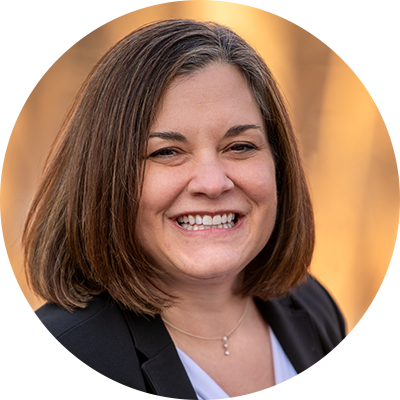By: Melissa Ragan, Chief Learning Officer, Navigate360
As educators, we understand that the return to school after a break is not just a continuation of learning, but also a fresh start for both teachers and students. Resetting expectations in the classroom is a pivotal step in creating a positive culture and climate. This month, we’ll explore the importance of resetting expectations with students after a break and how it can make the transition back to school smoother.
Acknowledging the Transition
Returning to school after a break can be a significant transition for students. Recognizing this transition is the first step in resetting expectations. Allow space for students to share their experiences and feelings, fostering a sense of belonging and understanding within the classroom community. This acknowledgment sets the stage for open communication and a positive learning atmosphere. Journaling is a perfect way to do this!
Clarifying Goals and Objectives
The start of a new term is a perfect opportunity to revisit and clarify academic goals and objectives, as well as celebrate the progress students have made since the beginning of the year. Take the time to recognize successes and communicate the learning outcomes for the upcoming weeks and months. Clearly outline expectations regarding assignments, assessments, and classroom conduct. This clarity empowers students to navigate their academic responsibilities with confidence. Try one of the Suite360 goal setting lessons to help students set SMART goals.
Promoting a Growth Mindset
Encourage a growth mindset by emphasizing the value of effort, perseverance, and continuous improvement. Remind students that challenges are opportunities for growth and that learning is a journey with its ups and downs. Resetting expectations involves fostering a mindset that views setbacks as steppingstones to success, promoting resilience and a positive attitude towards learning. Try techniques such as visualization to help with this.
Reinforcing Classroom Rules and Norms
After a break, it’s essential to revisit and reinforce classroom rules and norms. Remind students of the expectations for respectful behavior, active participation, and collaboration. This ensures a smooth transition back into the academic routine and helps maintain a positive and conducive learning environment for everyone. Use this behavior reinforcement resource to help.
Individualized Support
Every student is unique, and their needs may evolve over time. Resetting expectations involves recognizing and addressing the individual requirements of students. Take the time to assess each student’s progress, provide constructive feedback, and offer additional support where needed. This personalized approach strengthens the teacher-student relationship and promotes a sense of trust and collaboration. If you’re not already using it, the SEL assessment, administered three times a year, is the perfect way to accomplish this!
Encouraging Open Communication
Create a classroom culture that values open communication. Encourage students to share their concerns, ask questions, and express their thoughts. By fostering a safe and inclusive environment, you facilitate a dialogue that promotes mutual understanding and ensures that students feel heard and supported. Suite360 contains dozens of lessons on interpersonal skills to help students build effective communication strategies.
Resetting expectations with students after a school break is a crucial aspect of effective classrooms. It establishes a foundation for a positive, growth-oriented, and supportive learning environment. By acknowledging the transition, clarifying goals, promoting a growth mindset, reinforcing expectations, offering individualized support, and encouraging open communication, educators can set the tone for success. As we enter the New Year let’s prioritize the well-being and growth of our students, fostering a love for learning that extends beyond the classroom.

About the Author
Melissa Ragan
Melissa Ragan is the Chief Learning Officer at Navigate360. Prior to joining the company, Melissa worked as an educator before moving into curriculum and professional development for large educational publishers. Most recently, she developed social-emotional learning (SEL) programs for middle and high school students, authored SEL Professional Development for the United Nations, is part of the UNESCO working group for SEL, and is the co-author of the forthcoming book titled The Social Emotional Classroom.




